Name Anna Leonowens Role Writer | Movies Anna and the King | |
Full Name Anna Harriette Emma Edwards Spouse Thomas Leonowens (m. 1849) Children Louis T. Leonowens, Avis Annie Leonowens Books The English governes, The romance of the harem, Siamese Harem Life, Life and travel in India, Our Asiatic cousins Similar People | ||
Anna Harriette Leonowens (born Anna Harriet Emma Edwards; 5 November 1831 – 19 January 1915) was an Anglo-Indian or Indian-born British travel writer, educator and social activist.
Contents
- Anna leonowens and the king of siam montage
- Early life and family
- Marriage Western Australia and widowhood
- Royal governess
- Literary career
- Canada
- Anna Leonowens in fiction and film
- References

She became well-known with the publication of her memoirs, beginning with The English Governess at the Siamese Court (1870), which chronicled her experiences in Siam (modern Thailand), as teacher to the children of the Siamese King Mongkut. Leonowens' own account has been fictionalised in Margaret Landon's 1944 best-selling novel Anna and the King of Siam, as well as films and television series based on the book, most notably Rodgers and Hammerstein's 1951 hit musical The King and I.
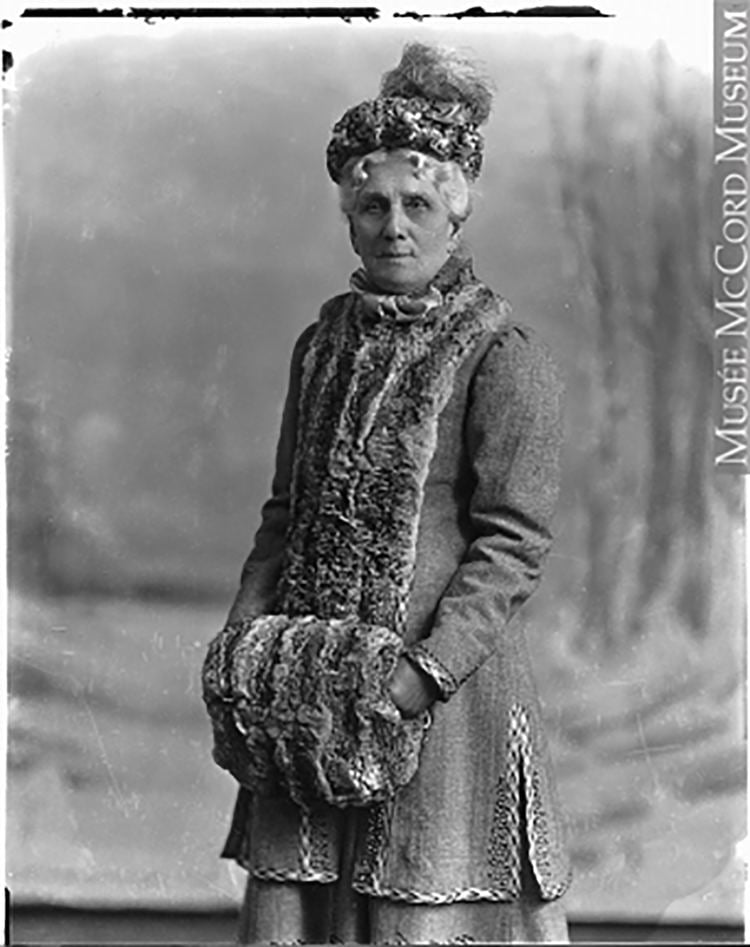
During the course of her life, Leonowens also lived in Aden, Australia, Singapore, the United States and Canada. Among other achievements, she co-founded the Nova Scotia College of Art and Design.
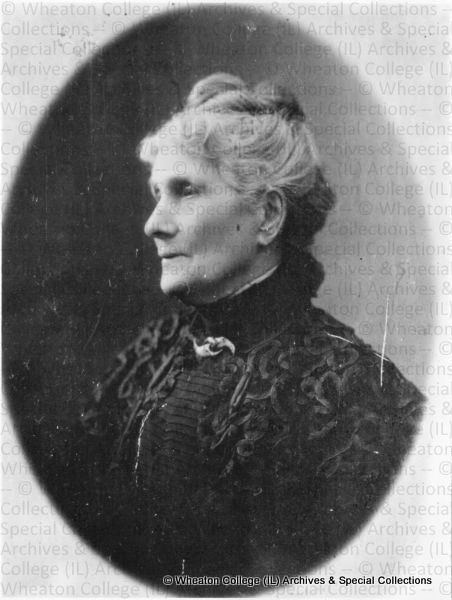
Anna leonowens and the king of siam montage
Early life and family
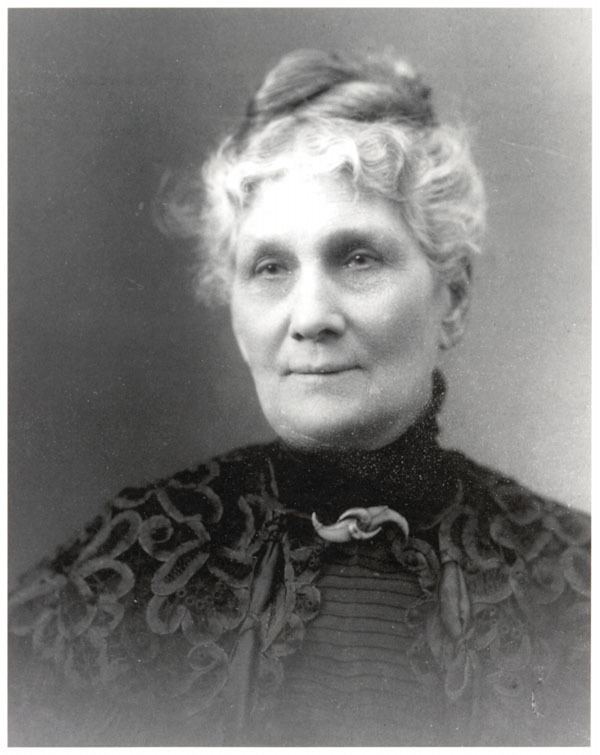
Anna Leonowens' mother, Mary Ann Glascott, married her father, Sergeant Thomas Edwards, a non-commissioned officer in the Honourable East India Company's Corps of Sappers and Miners, on 15 March 1829 in St James's Church, Tannah, Bombay Presidency, British India. Edwards was from London and a former cabinetmaker. She was born in Ahmednagar district, India, on 5 November 1831, three months after the death of her father. While she was christened Anna Harriet Emma Edwards, Leonowens later changed Harriet to "Harriette" and ceased using her third given name (Emma).

Leonowens' maternal grandfather, William Vawdrey (or Vaudrey) Glascott, was an English-born commissioned officer of the 4th Regiment, Bombay Native Infantry, in the Bombay Army. Glascott arrived in India in 1810, and was apparently married in 1815, although his wife's name is not known. According to biographer Susan Morgan, the only viable explanation for the complete and deliberate lack of information regarding Glascott's wife, in official British records, is that she "was not European". Morgan suggests that she was "most likely ... Anglo-Indian (of mixed race) born in India." Anna's mother, Mary Anne Glascott, was born in 1815 or 1816.

For most of her adult life, Anna Edwards had no contact with her family and took pains to disguise her origins by claiming that she had been born with the surname "Crawford" in Caernarfon and giving her father's rank as Captain. By doing so, she protected not only herself but her children, who would have had greater opportunities if their mixed-race heritage remained unknown. Investigations uncovered no record of her birth at Caernarfon, news which came as a shock to the town that had long claimed her as one of its most famous natives.
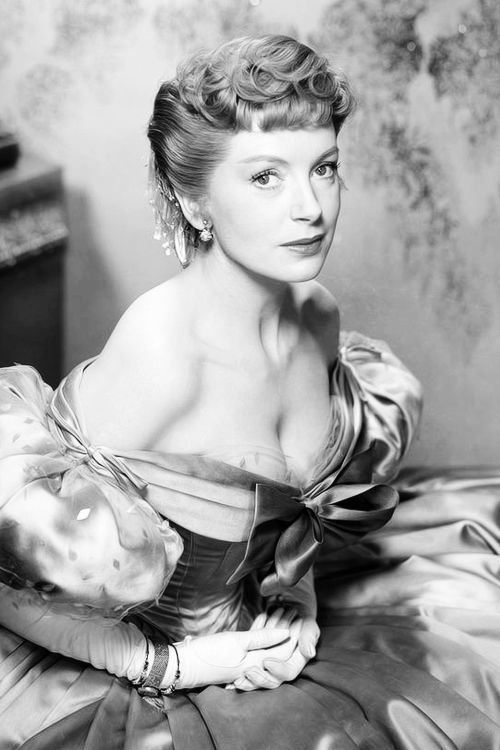
On 24 April 1845, Anna's 15-year-old sister, Eliza Julia Edwards, married James Millard, a Sergeant-Major with the 4th Troop Artillery, Indian Army in Deesa, Banaskantha, Gujarat, India. Their daughter, Eliza Sarah Millard, born in 1848 in India, married on 7 October 1864 in Surat, Gujarat, India. Her husband was Edward John Pratt, a 38-year-old British civil servant who had served in the Indian Navy. One of their sons, William Henry Pratt, born 23 November 1887 upon their return to London, was better known by his stage name of Boris Karloff, making Anna his great-aunt. Anna Edwards never approved of her sister's marriage, and her self-imposed separation from the family was so complete that, decades later, when a Pratt relative contacted her, she replied by threatening suicide if he persisted.
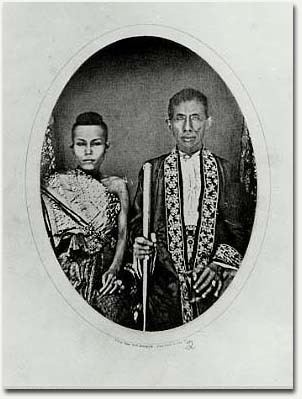
Anna's mother, Mary Edwards, a widow, later married an Irish soldier, Patrick Donohoe of the Royal Engineers. Anna Edwards's relationship with her stepfather Donohoe was not a happy one, and she later accused him of putting pressure on her, like her sister (with whom she also fell out), to marry a much older man. In 1847, Donohoe was seconded as assistant supervisor of public works in Aden. Whether the rest of the family went with him or stayed in India is unsure.
Anna Leonowens later claimed that she had gone on a three-year tour through Egypt and the Middle East with the orientalist Reverend George Percy Badger and his wife. However, recent biographies consider this episode to be fictitious. Anna may have met Badger in India and listened to or read reports about his travels.
Marriage, Western Australia and widowhood
At the end of 1849, Anna Edwards returned with her family to India, where in Poona, over the objections of her stepfather and mother, she married her childhood sweetheart, Thomas Leon (or Lane/Lean) Owens; he later merged his second and last names as Leonowens. Her husband was a civilian clerk (rather than the army officer suggested by her memoir).
In 1852 the young couple, accompanied by Anna's uncle, W. V. Glasscott, sailed to Australia via Singapore, where they boarded the barque Alibi. The journey from Singapore was long and while on board Anna gave birth to a son, also named Thomas. On 8 March 1853, nearing the Western Australian coast, the Alibi was almost wrecked on a reef. Ten days later Anna, Thomas, their newborn son and Glasscott arrived in Perth. Glasscott and Thomas Leonowens quickly found employment as clerks in the colonial administration. Later in 1853, Glasscott accepted a position as government commissariat storekeeper at Lynton, a small and remote settlement that was the site of Lynton Convict Depot. Glasscott became involved in frequent disagreements with the abrasive Resident Magistrate, William Burges. Within three years Glasscott had returned to India and taken up a career in teaching, before dying suddenly in 1856.
Anna Leonowens – using her middle name of Harriett – tried to start a school for young ladies. In March 1854, the infant Thomas died at the age of 13 months, and later that year, a daughter, Avis Annie, was born. In 1855, Thomas Leonowens was appointed to Glasscott's former position with the commissariat at Lynton, and the family moved there. At Lynton, Anna Leonowens gave birth to a son, Louis. During late 1856, Thomas Leonowens also served briefly as magistrate's clerk under William Burges. Like Glasscott, Thomas clashed with Burges but survived until the Convict Depot was closed in 1857, and he was transferred to a more senior position with the Commissariat in Perth.
The Leonowens family left Australia abruptly in April 1857, sailing to Singapore, and then moving to Penang, where Thomas found work as a hotel keeper. In or before the first week of May 1859, Thomas Leonowens died of "apoplexy" and was buried (7 May 1859) in the Protestant Cemetery in Penang. His death left Anna Leonowens an impoverished widow. Of their four children, two had died in infancy. To support her surviving daughter Avis and son Louis, Leonowens again took up teaching and opened a school for the children of British officers in Singapore. While the enterprise was not a financial success, it established her reputation as an educator.
Royal governess
In 1862, Leonowens accepted an offer made by the consul in Singapore, Tan Kim Ching, to teach the wives and children of Mongkut, King of Siam. The king wished to give his 39 wives and concubines and 82 children a modern Western education on scientific secular lines, which earlier missionaries' wives had not provided. Leonowens sent her daughter Avis to school in England, and took her son Louis with her to Bangkok. She succeeded Dan Beach Bradley, an American missionary, as teacher to the Siamese court.
Leonowens served at court until 1867, a period of nearly six years, first as a teacher and later as language secretary for the king. Although her position carried great respect and even a degree of political influence, she did not find the terms and conditions of her employment to her satisfaction, and came to be regarded by the king himself as a "difficult woman and more difficult than generality".
In 1868, Leonowens was on leave for her health in England and had been negotiating a return to the court on better terms when Mongkut fell ill and died. The king mentioned Leonowens and her son in his will, though they did not receive a legacy. The new monarch, fifteen-year-old Chulalongkorn, who succeeded his father, wrote Leonowens a warm letter of thanks for her services. He did not invite her to resume her post but they corresponded amicably for many years. At the age of 27, Louis Leonowens returned to Siam and was granted a commission of Captain in the Royal Cavalry. Chulalongkorn made reforms for which his former tutor claimed some of the credit, including the abolition of the practice of prostration before the royal person. However, many of those same reforms were goals established by his father.
Literary career
By 1869, Leonowens was in New York City, where she opened a school for girls for a brief period on Staten Island, and began contributing travel articles to a Boston journal, Atlantic Monthly, including "The Favorite of the Harem", reviewed by The New York Times as "an Eastern love story, having apparently a strong basis of truth". She expanded her articles into two volumes of memoirs, beginning with The English Governess at the Siamese Court (1870), which earned her immediate fame but also brought charges of sensationalism. In her writing, she casts a critical eye over court life; the account is not always a flattering one, and has become the subject of controversy in Thailand; she has also been accused of exaggerating her influence with the king. There have also been claims of fabrication: the likelihood of the argument over slavery, for example, when King Mongkut was for 27 years a Buddhist monk and later abbot, before ascending to the throne. It is thought that his religious training and vocation would never have permitted the views expressed by Leonowens' cruel, eccentric and self-indulgent monarch.
Leonowens was a feminist and in her writings she tended to focus on what she saw as the subjugated status of Siamese women, including those sequestered within the Nang Harm, or royal harem. She emphasised that although Mongkut had been a forward-looking ruler, he had desired to preserve customs such as prostration and sexual slavery which seemed unenlightened and degrading. The sequel, Romance of the Harem (1873), incorporates tales based on palace gossip, including the king's alleged torture and execution of one of his concubines, Tuptim; the story lacks independent corroboration and is dismissed as out of character for the king by some critics. A great granddaughter, Princess Vudhichalerm Vudhijaya (b. 21 May 1934), stated in a 2001 interview, "King Mongkut was in the monk's hood for 27 years before he was king. He would never have ordered an execution. It is not the Buddhist way." She added that the same Tuptim was her grandmother and had married Chulalongkorn. (He had 36 wives.)
While in the United States, Leonowens also earned much-needed money through popular lecture tours. At venues such as the house of Mrs. Sylvanus Reed in Fifty-third Street, New York City, in the regular members' course at Association Hall, or under the auspices of bodies such as the Long Island Historical Society, she lectured on subjects including "Christian Missions to Pagan Lands" and "The Empire of Siam, and the City of the Veiled Women". The New York Times reported: "Mrs. Leonowens' purpose is to awaken an interest, and enlist sympathies, in behalf of missionary labors, particularly in their relation to the destiny of Asiatic women." She joined the literary circles of New York and Boston and made the acquaintance of local lights on the lecture circuit, such as Oliver Wendell Holmes, Henry Wadsworth Longfellow and Harriet Beecher Stowe, author of Uncle Tom's Cabin, a book whose anti-slavery message Leonowens had brought to the attention of the royal household. She said the book influenced Chulalongkorn's reform of slavery in Siam, a process he had begun in 1868, and which would end with its total abolition in 1915. Meanwhile, Louis had accumulated debts in the U.S. by 1874 and fled the country. He became estranged from his mother and did not see her for 19 years.
Canada
In 1878, Leonowens’s daughter Avis Annie Crawford Connybeare married Thomas Fyshe, a Scottish banker and the cashier (general manager) of the Bank of Nova Scotia in Halifax, where she resided for nineteen years as she continued to travel the world. This marriage ended the family's money worries.
Leonowens resumed her teaching career and taught daily from 9 am to 12 noon for an autumn half at the Berkeley School of New York at 252 Madison Avenue, Manhattan, beginning on 5 October 1880; this was a new preparatory school for colleges and schools of science and her presence was advertised in the press. Leonowens visited Russia in 1881, shortly after the assassination of Tsar Alexander II, and other European countries, and continued to publish travel articles and books.
She settled in Halifax, Nova Scotia, Canada, where she again became involved in women's education, and was a suffragist and one of the founders of the Local Council of Women of Halifax and the Nova Scotia College of Art and Design. After nineteen years, she moved to Montreal, Quebec.
Leonowens's son, Louis, returned to Siam and became an officer in the Siamese royal cavalry. He married Caroline Knox, a daughter of Sir Thomas George Knox, the British consul-general in Bangkok (1824–1887), and his Thai wife, Prang Yen. Under Chulalongkorn's patronage, Louis Leonowens founded the trading company that bears his name, Louis T. Leonowens & Co. Ltd. which is still trading in Thailand.
Anna Leonowens met Chulalongkorn again when he visited London in 1897, thirty years after she had left Siam. During this audience the king took the opportunity to express his thanks in person but he also voiced his dismay at the inaccuracies in Leonowens' books.
Anna Leonowens died on 19 January 1915, at 83 years of age. She was interred in Mount Royal Cemetery in Montreal.
Anna Leonowens in fiction and film
Margaret Landon's novel Anna and the King of Siam (1944) provides a fictionalised look at Anna Leonowens's years at the royal court, developing the abolitionist theme that resonated with her American readership. In 1946, Talbot Jennings and Sally Benson adapted it into the screenplay for a dramatic film of the same name, starring Irene Dunne and Rex Harrison. In response, Thai authors Seni and Kukrit Pramoj wrote their own account in 1948 and sent it to American politician and diplomat Abbot Low Moffat (1901–1996), who drew on it for his biography Mongkut, the King of Siam (1961). Moffat donated the Pramoj brothers' manuscript to the Library of Congress in 1961.
Landon had, however, created the iconic image of Leonowens, and "in the mid-20th century she came to personify the eccentric Victorian female traveler". The novel was adapted as a hit musical by Rodgers and Hammerstein, The King and I (1951), starring Gertrude Lawrence and Yul Brynner, which ran 1,246 performances on Broadway and was also a hit in London and on tour. In 1956, a film version was released, with Deborah Kerr starring in the role of Leonowens and Brynner reprising his role as the king. Revived many times on stage (with Brynner starring in revivals until 1985), the musical has remained a favourite of the theatregoing public.
The humorous depiction of Mongkut as a polka-dancing despot, as well as the king's and Anna's apparent romantic feeling for each other, is condemned as disrespectful in Thailand, where the Rodgers and Hammerstein film and musical were banned by the government. The 1946 film version of Anna and the King of Siam starring Rex Harrison as Mongkut was allowed to be shown in Thailand, although it was banned in newly independent India as an inaccurate insult by westerners to an Eastern king. In 1950, the Thai government did not permit the film to be shown for the second time in Thailand. The books Romance in the Harem and An English Governess at the Siamese Court were not banned in Thailand. There were even Thai translations of these books by respected Thai writer "Humorist" (Ob Chaivasu).
During a visit to the United States in 1960, the monarch of Thailand, King Bhumibol (a great-grandson of Mongkut), and his entourage explained that from what they could gather from the reviews of the musical, the characterisation of Mongkut seemed "90 percent exaggerated. My great-grandfather was really quite a mild and nice man." Years later, during her 1985 visit to New York, Bhumibol's wife, Queen Sirikit, went to see the Broadway musical at the invitation of Yul Brynner. The then ambassador of Thailand to the US gave another reason for Thailand's disapproval of The King and I: its ethno-centric attitude and its barely hidden insult on the whole Siamese nation as childish and inferior to the Westerners.
In 1972, Twentieth Century Fox produced a non-musical American TV series for CBS, Anna and the King, with Samantha Eggar taking the part of Leonowens and Brynner reprising his role as the king. Margaret Landon charged the makers with "inaccurate and mutilated portrayals" of her literary property and sued unsuccessfully for copyright infringement. The series was not a success and was cancelled after only 13 episodes. In 1999 an animated film using the songs of the musical was released by Warner Bros. Animation. In the same year, Jodie Foster and Chow Yun-fat starred in a new feature-length cinematic adaptation of Leonowens' books, also titled Anna and the King. One Thai critic complained that the filmmakers had made Mongkut "appear like a cowboy"; this version was also banned by censors in Thailand.
Leonowens appears as a character in Paul Marlowe's novel Knights of the Sea, in which she travels from Halifax to Baddeck in 1887 to take part in a campaign to promote women's suffrage during a by-election.
